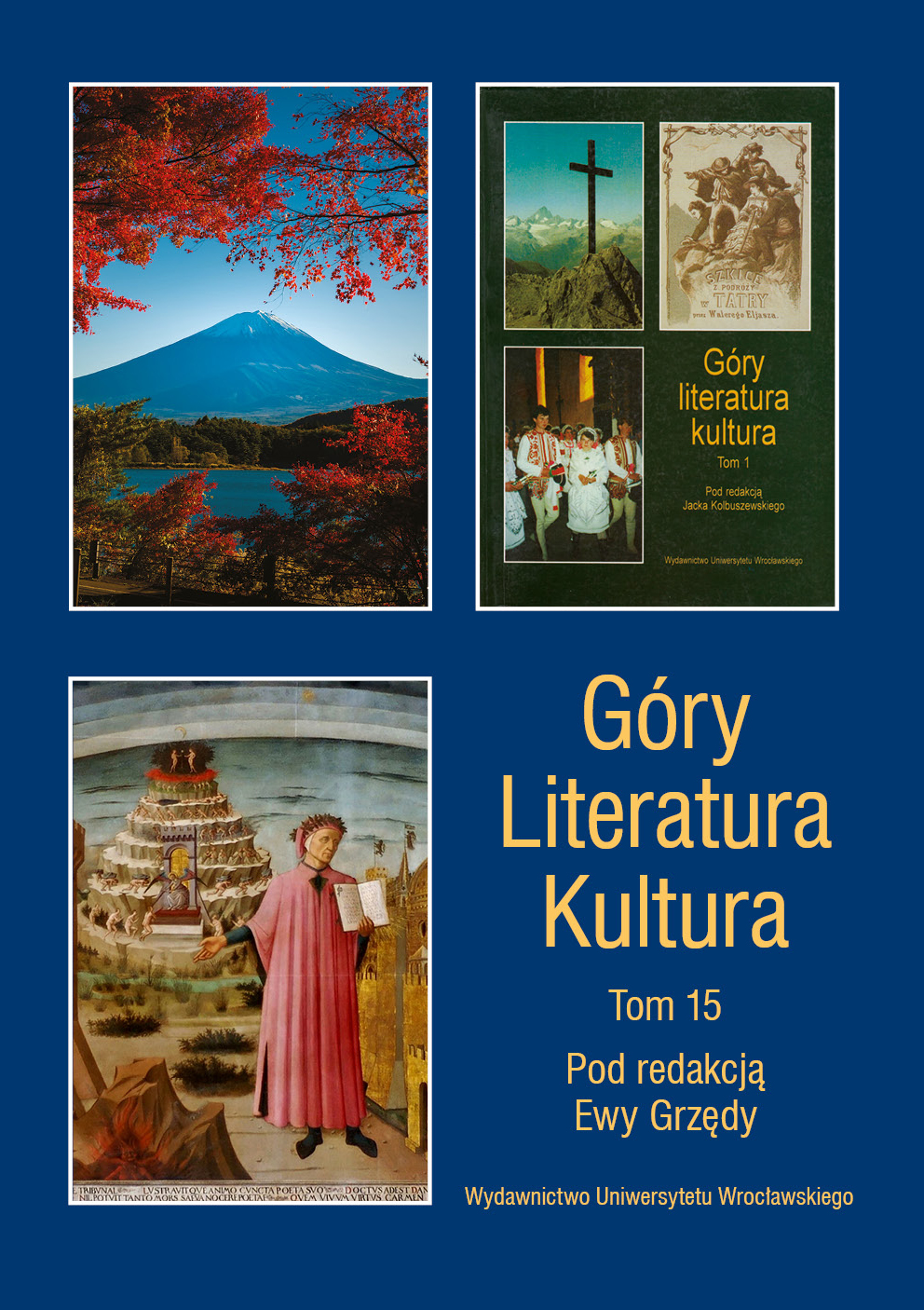

Rozprawy i szkice

The article is devoted to songs which are rarely the subject of literature studies owing to the multi-code nature of their message and the fact that they are part of popular culture. Tourist songs are on the margin of scholars’ interest, because of their limited artistic value. They are commonly regarded as pieces about the beauty of nature, charms of hiking, sense of community and friendship. The simplicity of the text is matched by the simplicity of the melodic line, which facilitates memorisation and singing together. Polish tourist songs have attracted interest primarily of activists from the Polish Tourism and Sightseeing Society, scholars studying tourism or authors and performers of such songs. The origins of the songs should be placed in the context of song transformations and emergence of organisational forms of tourism at the turn of the twentieth century, beginning of the scouting movement in Poland as well as the development of tourism in the communist Poland period. The lineage of tourist songs brings together several song genres, popular songs, folk and patriotic songs, scouting and Gypsy songs; pieces from this repertoire accompanied hikers.
An important stage in the development of tourist songs came in the late 1960s. This was the period of the first National Tourist Song Festival in Szklarska Poręba. Scholars studying student culture see mountain treks accompanied by songs as a manifestation of alternative student culture emerging as a result of dissatisfaction with forms of political and social life in communist Poland. The most outstanding representative of the movement is Wojciech Bellon, founder of the Wolna Grupa Bukowina band, whose poetic songs present an idea of existence based on a search for authentic values, especially a space of freedom and a sense of community, challenging the falsified reality of communist Poland. Bellon and the performers collaborating with him created in the songs an aesthetic of “the land of gentleness” located in the mountains modelled on the landscape and history of the Bieszczady and Beskid Niski ranges.
Despite transformations of tourist songs, analysed together with poetic songs or sung poetry, this “land of gentleness” aesthetic is still present, in a niche form, represented by numerous groups or soloists. Its main features when it comes to the thematic layer include idealisation of mountain landscape, presented as a natural environment for human beings, as a home space, marked by both signs of the tragedy of the Lemkos and sings of transcendence. The mountains make it possible to fulfil dreams of freedom, of an ideal community of wanderers, and provide an authentic experience of the world.